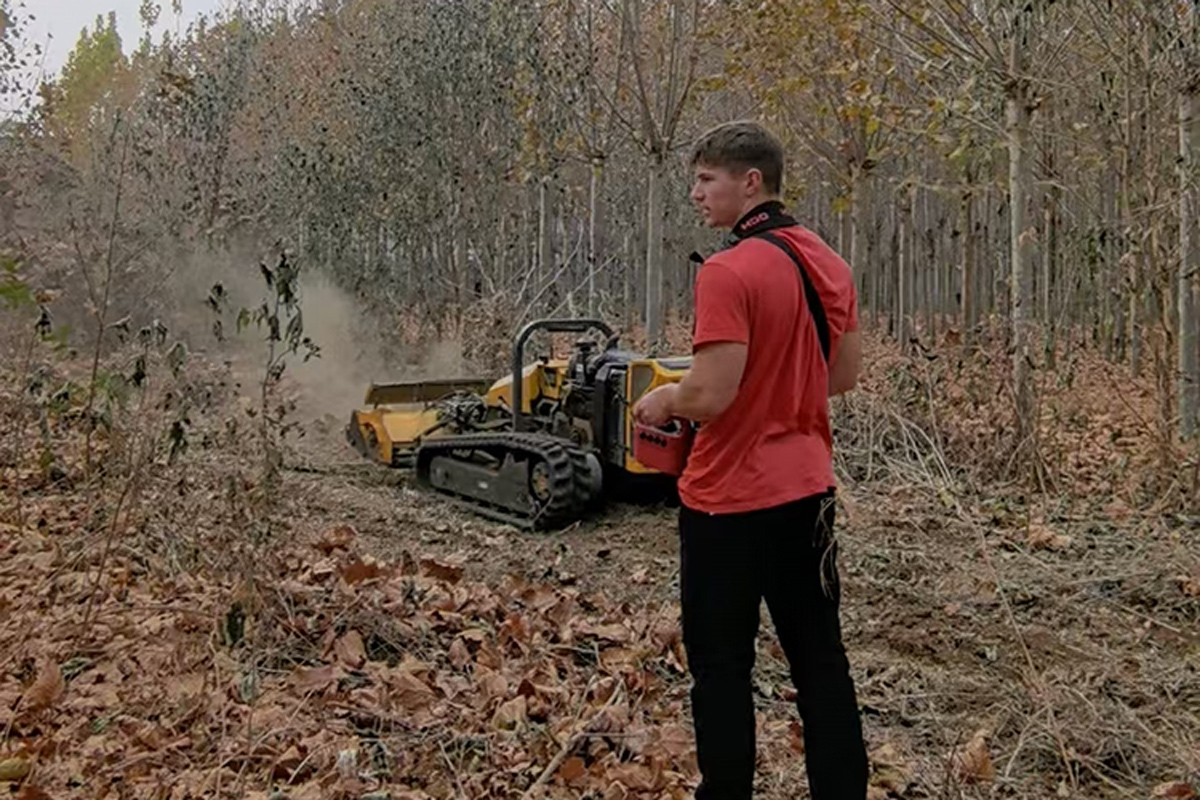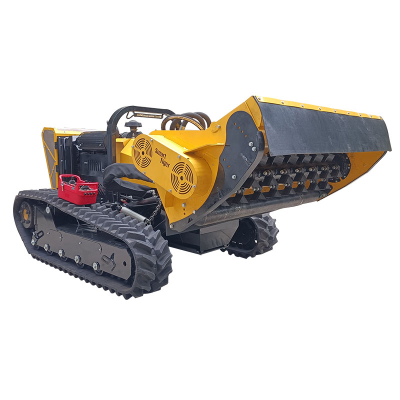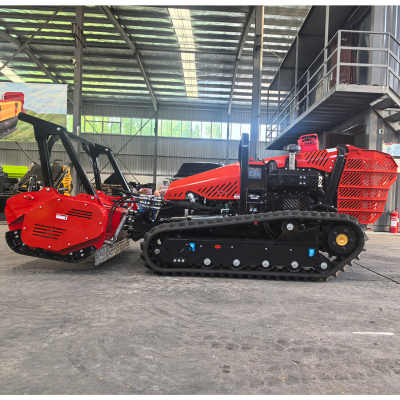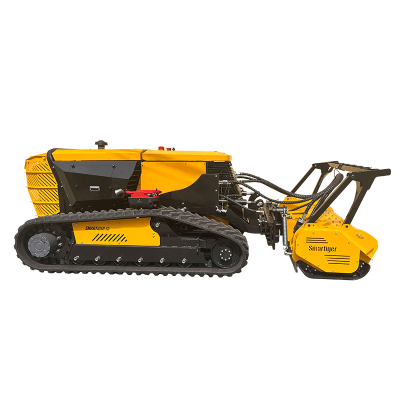Comparison of Lawn Mowers: Internal Combustion, Electric, and Full-Hydraulic Remote-Controlled Models
Comparison of Advantages: Internal Combustion Lawn Mowers, Electric Lawn Mowers, and Full-Hydraulic Remote-Controlled Large-Scale Lawn Mowers
There are significant differences in power, operational convenience, and applicable scenarios between full-hydraulic remote-controlled large-scale lawn mowers, internal combustion lawn mowers, and electric lawn mowers. Below is a comparison of their advantages:
Comparison Dimension | Internal Combustion Lawn Mower | Electric Lawn Mower | Full-Hydraulic Remote-Controlled Large-Scale Lawn Mower |
Power & Operating Capacity | Strong power, sufficient cutting force to handle tall, tough weeds and vegetation with thick rhizomes; no endurance limit (can operate continuously by refueling), suitable for long-term, large-area cutting. | Relatively low power, only suitable for soft lawns; wireless models are limited by battery life (1-3 hours of operation), and corded models are restricted by the length of the power cord (usually 10-50 meters). | Powerful (e.g., some models have a power of up to 28.2kW) with a wide cutting width, enabling rapid completion of large-area mowing tasks. It can adapt to various complex terrains such as steep slopes and stony areas. |
Usage Cost & Maintenance | High fuel cost (requires regular gasoline refueling, with a fuel consumption of approximately 0.5-1L per hour, and costs are affected by oil price fluctuations); complex maintenance (needs regular oil changes, spark plug cleaning, and drive belt adjustment, with an annual maintenance cost of about 100-300 yuan). | Low operating cost (corded models only consume electricity, costing approximately 0.1-0.3 yuan per hour; the charging cost of wireless models is negligible); simple maintenance (no oil or spark plugs required, only regular blade cleaning and battery charging, with almost zero annual maintenance cost). | High initial purchase cost, but lower operating cost compared to internal combustion lawn mowers; maintenance mainly involves regular inspection and maintenance of the hydraulic system, with a cost also lower than that of internal combustion lawn mowers. |
Ecology & Noise | Emits exhaust gas (containing pollutants such as CO and NOₓ), not suitable for enclosed or indoor scenarios; high noise level (75-95 decibels during operation, similar to a motorcycle, requiring earplugs). | Zero emissions (no exhaust gas), suitable for scenarios with high environmental protection requirements; low noise level (50-70 decibels during operation, similar to a vacuum cleaner, no additional protection needed and no disturbance to residents). | Generally equipped with a low-emission engine, emitting less exhaust gas than internal combustion lawn mowers; relatively low noise, with some models operating at below 70 decibels, causing little impact on the environment and surrounding residents. |
Operation & Portability | Complex startup (requires pull-rope starting, and some old models need damper adjustment, which is prone to failure for beginners); heavy body (usually 15-40kg, making hand-pushed models laborious to use, and riding models requiring additional storage space). | Simple startup (one-button startup, no pull-rope or damper adjustment needed, accessible to the elderly and beginners); lightweight body (5-15kg for corded models and 8-20kg for wireless models, easy to push by hand and occupying little storage space). | Adopts remote control operation, allowing operators to stay away from the working area, avoiding direct contact with the lawn mower. It is easy to operate, safe, and reliable, especially suitable for working in dangerous or hard-to-reach areas. |
Applicable Scenarios | Large-area, complex terrain lawns such as parks, golf courses, and farms. | Small and medium-sized lawns such as family yards and community green belts. | Mainly used in large-scale lawns, golf courses, river embankments, highway ditches, forest fire prevention areas, and other places requiring efficient and precise maintenance, as well as some dangerous or hard-to-reach areas. |




